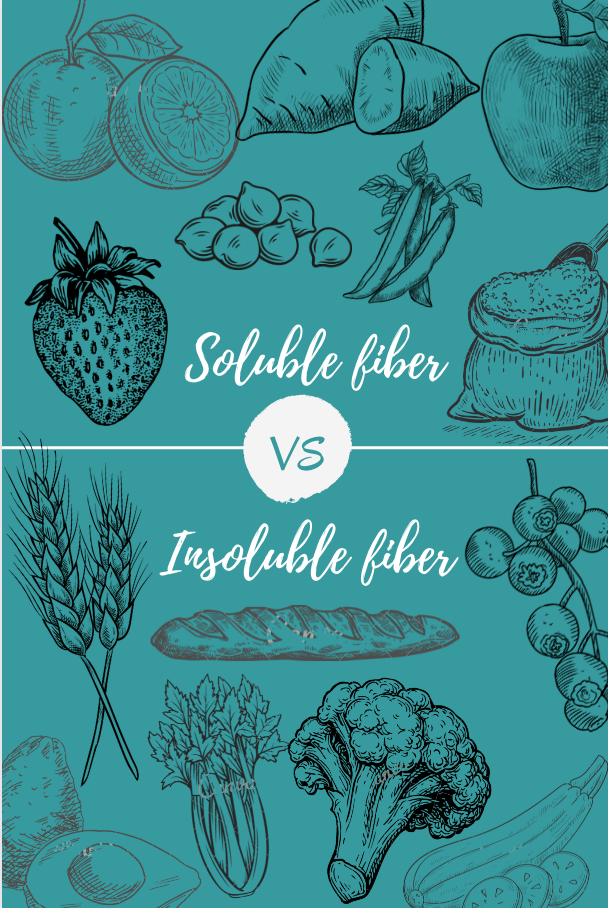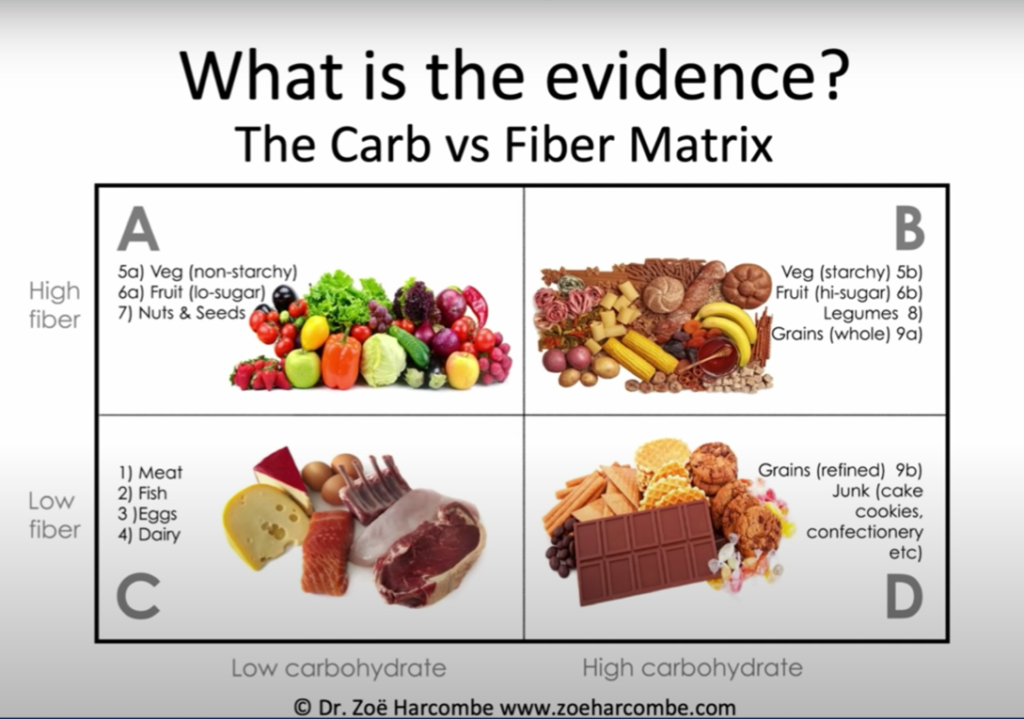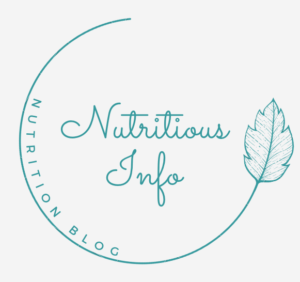
Fiber is a type of carbohydrates that cannot be digested and broken down to sugar, unlike other carbohydrates. So, it passes through our digestive system as a whole. Furthermore, it is mostly found in plant-based food, and it is classified into two categories
1. Soluble:
Which is the type that dissolves in water and become a gel-like structure in our body. Then, because it sucks all the fluid, it becomes bigger and thicker… resulting with a constipation. Soluble fiber regulates the sugar level, lower blood cholesterol…you can find this type in in oatmeal, nuts, beans, apples and blueberries
2. insoluble
It is a type that stays as it is and often called bulk, that makes you end up in a toilet. It does not suck fluid or water, so it moves fast in our gastrointestinal tract … we end up with diarrhea. you can find this type in whole wheat, carrots, cucumbers and tomatoes.

*Some fruits and vegetables contains both type of fiber with different proportions. Mainly, you’ll know the difference by what they do when they are in water… beans and oats for example, thickens and become like a gel when they are in water. However, corn, wheat and most vegetables do not suck water.
Current recommendations for dietary fiber intake is 14 g/1000 kcal.
Why fiber is good for you?
Fiber is famous for regulating the body’s use of sugars, helping to keep hunger and blood sugar in check. Since fiber is under consumed in our diet… let me share what they are good for… you might get motivated to include more in your diet 😉
Cardiovascular health
Studies concluded that fiber is associated with lower rates of CHD (coronary heart disease; a common cause of death in most countries in the world), stroke, and other cardiovascular diseases. Moreover, many risk factors, such as hypertension, obesity, and dyslipidemia are lowered among those who consume high levels of fiber.
Additionally, studies found that it lowers cholesterol levels in our blood. As it binds in the small intestine with the cholesterol (mainly the LDL, bad ones), for excretion in the feces. In addition, other possible mechanism is the fermentation of fibers in the colon. Which then, produce short-chain fatty acids that lower the cholesterol.
Diabetes
As I first mentioned, fiber is popular for its impact on sugar levels in our body. In Anderson et.al article, they summarized the studies that clearly indicate that higher consumption is related to lower diabetes prevalence. In addition, they added that “increasing dietary fiber consumption without altering the energy intake from carbohydrates, proteins, or fats significantly improves glycemic control and reduces the need for medication and insulin in individuals with type 1 or type 2 diabetes”.
Obesity
Since fiber is indigestible and stay is our stomach as a bulk, it makes you comfortably full in food that naturally lower in calories. Observers have noted that high-fiber foods were more filling than low-fiber foods. These notes had been used to control obesity and aim for weight loss. The soluble type, especially can slow the gastric emptying. Which will make you full for longer time.
Gastrointestinal health and immune system
Fiber is also known for its beneficial impact on our digestive system. In the small intestine, dietary fibers stimulate insulin release and affect appetite. In the colon, fibers acts as prebiotics (food for the good bacteria). Furthermore, it is recommended to consume high-fiber foods for a large variety of gut disorders as it found to alleviate their symptoms.
Since fiber acts a prebiotic for the good bacteria in our colon. So for sure, these good bacteria have role in the protection from intestinal infection; reduction of potentially harmful bacteria; production of vitamins and antioxidants; activation of intestinal function and assistance in digestion and absorption; and all enhance out immunity.
The SURPRISE!!
I watched recently a video of Dr. Zoe Harcombe- what is fiber? “you will find the link in the references list” She said fiber is not essential…. Just like carbohydrates!!! of course I am not going to say don’t take them…elimination is not what I do as I mentioned in Healthful diet post…. Fiber is in plants and we do need plant sources in our diet. However, it was quite convincing when she added that the guidelines when it was developed before 2005, fiber wasn’t mentioned!! It was only guidelines for increasing the consumption of vegetables, fruits and whole grains… Moreover, she shared the Carb vs Fiber matrix box that she made…

This matrix box is from her presentation. She said that the guidelines aim to make us in box B “the high carbohydrates/ high fiber”. Furthermore, she highlighted a really interesting point that I personally liked. Which is most of the evidences and studies compared those who are consuming what are in box B with those who are consuming whatever in box D. And clearly, there going to be a huge difference in lifestyles, education level, environment (two extreme groups) … etc. As result, the studies concluded that whatever in box B is promising and better for health…
Forgetting what is in other boxes as A and C…. That have more natural, real and ESSENSIAL food.
Again and certainly, I am not saying that fiber is not good and we don’t need it… I am saying to be careful whenever we consume anything. BALANCE and MODERATION are the key and I always believe in that.
Mistakes you should avoid when taking fiber
- Taking fiber all at once
You should increase your fiber intake gradually. Don’t take fiber- containing food in one meals , and do not increase i suddenly. At contrast, increase it by 5 g/week till you reach the recommendation. As too much fiber cause excessive intestinal gas, loose stool consistency and loss of bowel regularity. Moreover, that eating too much fiber can result in nutritional deficiencies. It was found that excess fiber will bond with certain minerals like calcium, iron and zinc and prevent its absorption.
- Taking fiber from packaged items
Don’t get fooled by the nutrition labels on food items. Packaged food have hidden ingredients that are bad for are health, even if it contains good amount of fiber. They always high in sugar and trans fats, and both doesn’t do any good for our health. It is totally the opposite…
- Drinking less water
Since taking fiber could result with constipation, especially if you are relying on soluble type, as it absorbs water…you should drink enough water to stay hydrated.
Refrences:
- Anderson, J. W., Baird, P., Davis, R. H., Ferreri, S., Knudtson, M., Koraym, A., … & Williams, C. L. (2009). Health benefits of dietary fiber. Nutrition reviews, 67(4), 188-205.
- https://www.hsph.harvard.edu/nutritionsource/carbohydrates/fiber/
- https://www.youtube.com/watch?v=4KrmpK_Lckg&ab_channel=LowCarbDownUnder
- https://www.livestrong.com/article/13731069-how-to-add-fiber-to-diet/

Pingback: 5 Healthy Carbohydrates Choices - nutritiousinfo